By: Dr. W. Scott West, Chief Medical Officer, Nashville Neurocare Therapy
September is Suicide awareness month.
Suicide is a heavy topic and one that can be difficult to talk about. Every year, over 700,000 people die by suicide, and millions more ideate, plan, or attempt it (WHO). In 2020, suicide was the ninth leading cause of death for all people ages 10-64 and the second leading cause of death for those ages 10-14 and 25-34 (CDC). In America alone, every 11 minutes, someone takes their own life.
Important risk factors for suicide include:
- A family history of suicide
- A previous suicide attempt
- Substance use— some drugs can worsen suicidal thoughts
- Intoxication— more than 1 in 3 people who die from suicide are under the influence of alcohol at the time of death
- Access to firearms
- A serious or chronic medical illness
- Gender— although more women attempt suicide than men, men are almost 4x more likely to die by suicide
- A history of trauma or abuse
- Prolonged stress
- A recent tragedy or loss
You can read more about risk factors and warning signs for suicide behaviors and how you can help prevent suicide in this blog post.
For teens and young adults, another risk factor not commonly discussed is the influence of media coverage of suicides. According to a study on Suicide Contagion by Madelyn S. Gould, Ph.D., M.P.H., “media reporting on suicide, studies of suicide clusters, and studies of the impact on adolescents of exposure to a suicidal peer” all can lead to an increase in suicidal behavior among teenagers and young adults.
Media coverage, in particular, can be negatively influential. Research shows that “suicide rates go up following an increase in the frequency of stories about suicide” and “go down following a decrease in the frequency of stories about suicide” (Gould). This kind of exposure can be quite dangerous in the internet age, where news articles and social media are ever at our fingertips.
What’s more, the volume of reporting, repetitions, and tone all have an impact. In areas where reports on suicide are accepting of suicide, or suicide completers are positively portrayed, suicide rates tend to increase. These glorifying reports encourage “young people . . . to equate suicide with a way to escape a common problem or experience” like academic pressure or interpersonal conflict rather than portraying them as “the result of many complex factors,” including underlying mental health issues (TIME, HHS). Especially when young people who appear to “have it all” die by suicide, their peers might believe that suicide is an understandable and appropriate solution for resolving their own distress rather than seeking help from mental health professionals and other resources (TIME).
In this way, responsible media coverage is essential to help prevent suicide, especially in young people. The U.S. Department of Health & Human Services suggests a few guidelines for media coverage of suicides to prevent imitation, duplication, and contagion. These guidelines can also help us as we discuss suicide with our friends, family, and acquaintances, whether in person or via the internet:
- Avoid “report[ing] oversimplified explanations such as recent negative life events or acute stressors”
- Avoid “divulg[ing] detailed descriptions of the method used to avoid possible duplication”
- Avoid “glorify[ing] the victim”
- Avoid “imply[ing] that suicide was effective in achieving a personal goal such as gaining media attention”
Suicide is a complex issue, but one factor underlies the majority of attempts and completions: 90% of people who commit suicide have an underlying mental illness. According to Louise Brådvik, a researcher at Lund University, “most suicides are related to psychiatric disease, with depression, substance use disorders, and psychosis being the most relevant risk factors.” Untreated or unmanaged depression contributes to the risk of suicidal thoughts and behavior.
To prevent suicide in individuals with depression, it’s essential to treat the underlying mental illness. The American Psychiatric Association (APA) indicates Transcranial Magnetic Stimulation (TMS) Therapy as an alternative treatment for depression for individuals that are not responding to other treatments.
At Nashville Neurocare Therapy, TMS Therapy is our specialty. In depressed brains, the centers that control mood regulation aren’t as active as in neurotypical brains. TMS Therapy uses magnetic-pulse technology to wake up these centers in your brain and build and strengthen new neural networks. This offers natural, lasting relief from depression in as little as six weeks. And the best part is that TMS therapy is comfortable, safe, and has no adverse side effects commonly associated with antidepressants, as it is 100% drug-free. Learn more, check out TMS Therapy FAQs.
Contact our office today to book a Free TMS Therapy Screening if you or someone you love has been struggling with depression and searching for a new treatment path. If you or someone you know is having suicidal thoughts, please dial 9-8-8 to speak directly to the Suicide & Crisis Lifeline. There is hope.
About the Author: Dr. W. Scott West
Nationally recognized, board-certified psychiatrist, Dr. W. Scott West, blazed the trail for TMS therapy in Tennessee as the first physician to offer this advanced technology in 2010. With 30+ years experience in clinical depression, Dr. West leads the Nashville Neurocare team.
- Board Certified Psychiatrist
- Specialty: Certified TMS Psychiatrist since 2010
- Diplomate: The American Board of Psychiatry and Neurology
- Distinguished Life Fellow: American Psychiatric Association
- Residency: Vanderbilt University, Hospital Department of Psychiatry
- Medical School: University of Tennessee, Knoxville, Center for the Health Sciences
- Hospital Affiliations: St. Thomas Hospital


